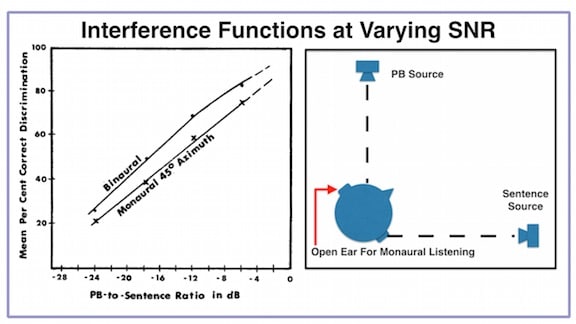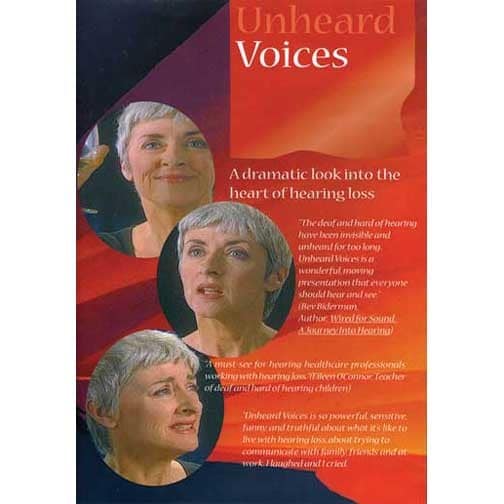Aug. 14, 2019
Dizziness and imbalance are some of the most commonly reported medical symptoms in an adult population, but are rarely encountered in a pediatric population and are estimated to affect anywhere from 0.4 to 5% of children in the United States. While this is a relatively low percentage of the population, there is also the potential that dizziness symptoms in children














